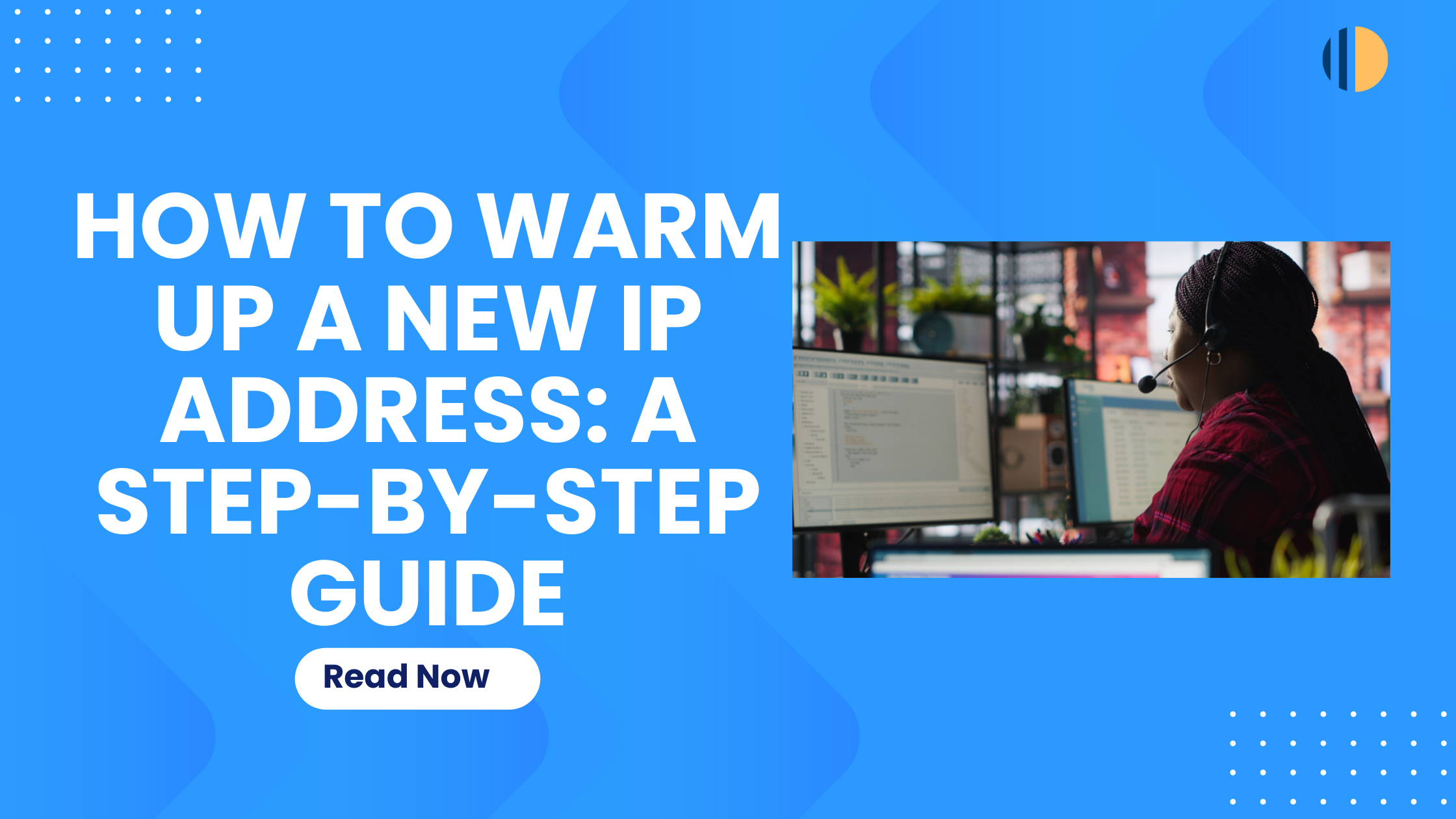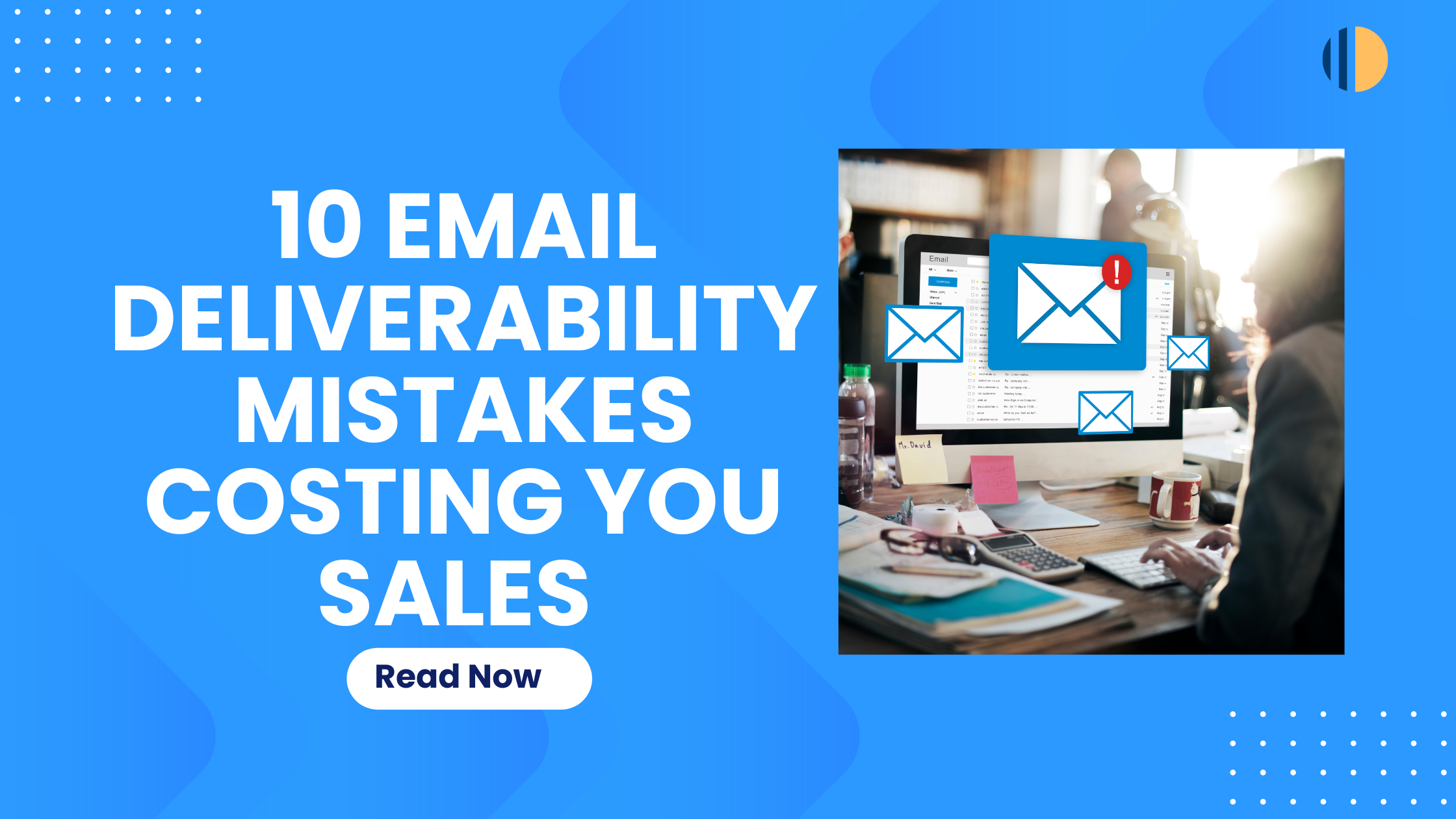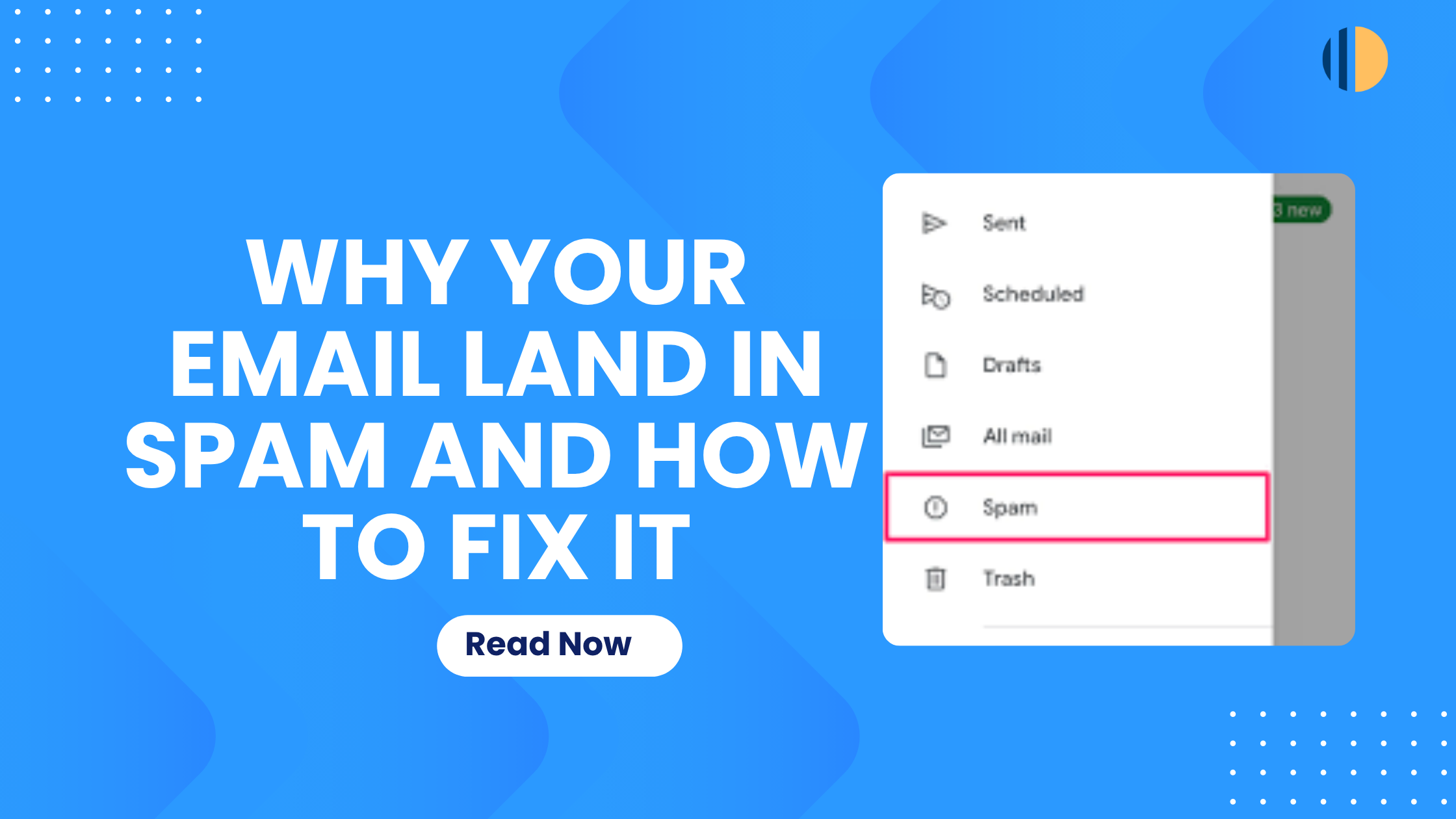Are you sending the same email to your entire subscriber list and wondering why your conversion rates are poor? Email segmentation makes the difference.
Think about it: would you talk to your bestie the same way you’d speak to a total stranger? Of course not. The same logic applies to your email marketing.
Your customers in different regions have different needs, and your long-time customers behave differently from first-time visitors.
In this guide, we’ll show you exactly how to build smarter email segments that convert, using strategies that work specifically for all businesses.
But first, what is email segmentation?
What is Email Segmentation?
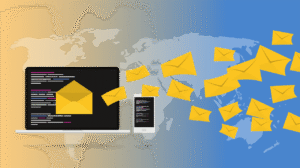
In simple terms, email segmentation means breaking your email list into smaller groups based on shared traits or behaviours.
Instead of treating all your subscribers the same, you group them by criteria like:
- Age, location, or gender
- Purchase history
- Interests or preferences
- How often do they open or click your emails
This way, your messages feel more relevant, and people are more likely to engage.
Now, why does it matter to segment your email list?
Why is Email Segmentation Important?
Whether you’re a coach, an e-commerce store owner, or a real estate agent, sending generic emails won’t get you anywhere. People respond better to personalized, direct messages that reflect their unique needs.
Benefits of segmentation include:
-
- Higher open rates (up to 14.31% higher open rates): People open what matters to them
- Better click-through rates (increase of 28% on average)
- Fewer unsubscribes: Because you’re not annoying them with irrelevant content
- Improved customer relationships
- More sales: Targeted offers = more conversions
- Higher revenue per email
5 Smart Ways to Segment Your Email List
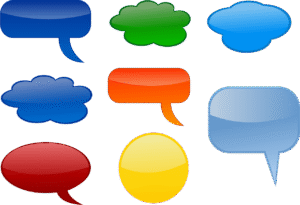
Here are some of the best strategies you can use today to segment your email list:
1. Segment by Behaviour
This is all about what your subscribers do.
- Did someone visit your website but not buy your product?
- Clicked on a product but didn’t check out?
- Downloaded a lead magnet but didn’t open follow-ups?
Then segment them by this behaviour, and you can follow up with relevant emails, such as reminders, helpful information, or exclusive offers.
This keeps you top of mind and moves people closer to purchase.
Also, you can automate your emails such that your subscribers get emails without you setting it up manually. Go-Mailer helps you to automate this.
Segmenting your email list by behaviour shows your subscribers you are paying attention to their actions, which builds trust and loyalty.
| Segment Type | Description | Email Strategy |
| Frequent Buyers | Purchase monthly | Exclusive deals, early access |
| Occasional Buyers | Purchase quarterly | Seasonal promotions |
| Browser Only | Visit, but don’t buy | Product education, testimonials |
| Inactive Users | No recent engagement | Re-engagement campaigns |
2. Segment by Interests
Let your subscribers tell you what they want. During sign-up or via quizzes, ask them about their preferences.
Example: If you’re a fashion brand, let users choose whether they want male or female styles.
It allows you to send super-relevant emails that make people feel understood.
When customers see content that fits their needs, they trust your brand and stay subscribed longer.
Likewise, the more targeted the offer, the more likely they are to buy.
3. Segment by Engagement Level
Not everyone interacts with your emails the same way.
Some people open every email, while others don’t. Create different lists for active and inactive subscribers and send tailored messages.
| Engagement Level | What to Send |
| Highly active | New offers, early access |
| Inactive | Re-engagement emails, surveys |
Doing this, you’re not ignoring loyal fans or giving up on quiet subscribers. Both groups feel noticed.
Engaged subscribers are more likely to buy again. Re-engaging inactive ones gives you another shot at a sale.
4. Segment by Location (Geographic Segmentation)
Diverse regions have unique characteristics. What works in a country might not work in another country, e.g, communication.
Sending region-specific offers makes your content more relevant.
Segment by location to:
- Send region-specific offers
- Account for local holidays and events
- Address language preferences
- Consider economic differences
People stick around when they feel like your business “gets” their lifestyle or challenges.
Targeted local campaigns improve response and conversion rates, which in turn increase your revenue.
5. Segment by Purchase History
Use past buying behaviour to suggest new products, upsells, or loyalty perks.
Your customer lifetime value segmentation should include:
- VIP customers (high spenders)
- New customers (first 30 days)
- Repeat customers
- One-time buyers
You’re not just selling. You’re curating a journey that makes sense based on what they already love.
It creates a smooth customer experience that makes people come back for more.
Loyal customers spend more over time. This segment keeps that flow going.
How to Use Go-Mailer for Email Segmentation
Once you have a Go-Mailer account, you can create different types of audiences, which also represent segments. All you have to do is segment your list according to the different ways suggested above, then create an audience and tag the audience by their segment name.
See how to create an audience on Go-Mailer here.
Conclusion
Building smarter email segments that convert isn’t just about fancy technology; it’s about understanding your customers as real people with unique needs and preferences.
Start small, test consistently, and always keep your audience’s specific characteristics in mind. Remember, the goal isn’t perfect segmentation from day one, but continuous improvement that leads to better relationships and higher conversions.
The businesses that embrace email conversion optimization through smart segmentation will have a significant advantage in this growing digital economy.
Are you ready to transform your email marketing? Choose one segmentation strategy from this guide and implement it this week. Your future self (and your revenue growth) will thank you.


